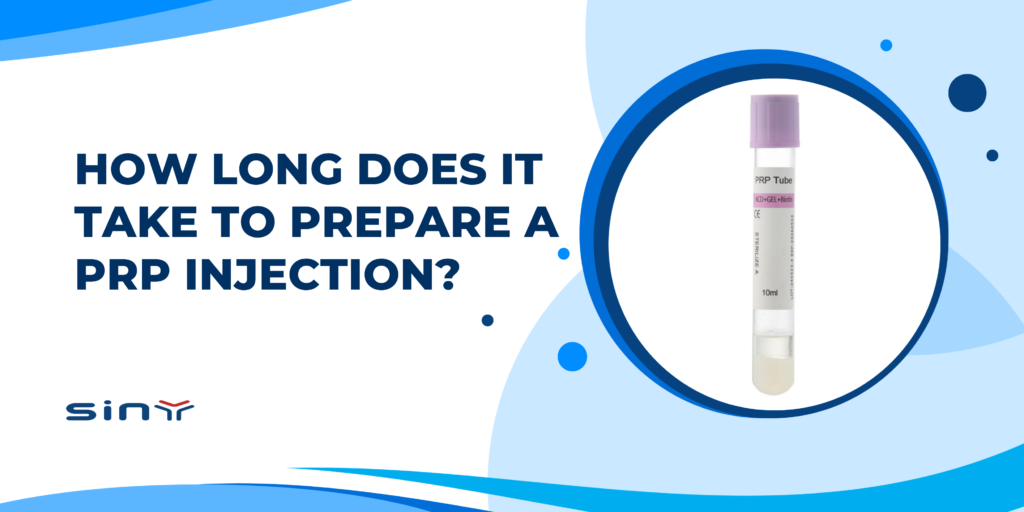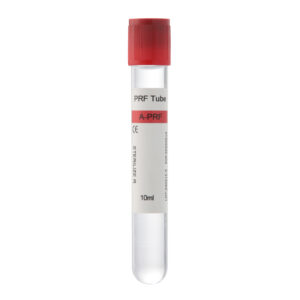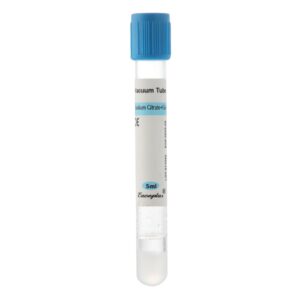How Long Does It Take to Prepare a PRP Injection? For medical professionals, clinics, and distributors in the regenerative medicine space, procedural efficiency is paramount. A common and critical question that impacts patient scheduling, workflow, and resource management is: How long does it take to prepare a PRP injection? While the total appointment time can range from 30 to 60 minutes, the core preparation of the platelet-rich plasma itself is remarkably swift, typically completed in just 15 to 30 minutes.
The Core PRP Preparation Process
The journey from whole blood to concentrated PRP follows a precise and standardized protocol. It begins with a routine blood draw, where a small sample (usually 30-60 mL) is collected from the patient. This blood is then transferred into specialized tubes and placed into a centrifuge. This machine is the centerpiece of the preparation, spinning the blood at high speeds to separate the components by density. The centrifugation process isolates the platelet-rich plasma from red blood cells and platelet-poor plasma. This spinning phase typically takes about 10 to 15 minutes. Once the separation is complete, the valuable PRP is carefully extracted and prepared for immediate injection into the treatment area.
Key Factors Influencing Preparation Time and Quality
The 15-to-30-minute preparation window is not absolute; it is subject to variables that can also significantly impact the therapeutic quality of the concentrate. The specific protocol—such as a single-spin versus a more thorough double-spin method—can alter the time required. A double-spin protocol, for example, may take longer but often yields a higher and purer platelet concentration. However, the most critical variable is the equipment used. The centrifuge’s specifications (speed and settings) and, most importantly, the quality of the PRP collection tubes are pivotal. Using suboptimal tubes can lead to inadequate separation, cellular contamination, or premature platelet activation, all of which compromise the efficacy of the treatment and can disrupt a smooth clinical workflow.

Optimizing Clinical Workflow for Predictability and Efficacy
For a busy practice, a streamlined and predictable PRP preparation process is essential. Standardizing the procedure with reliable, high-quality equipment minimizes delays and ensures a consistent, therapeutic-grade product every time. This is where the choice of a Siny Medical becomes crucial. Partnering with a supplier that provides superior PRP tubes—those that are sterile and contain the proper anticoagulant and separation gel—is fundamental to achieving optimal outcomes. Such quality control ensures efficient and clean separation, allowing medical staff to focus on patient care rather than troubleshooting. While the preparation is quick, the entire patient appointment generally lasts about an hour, including consultation, the blood draw, and the injection itself.
FAQs
Q1: What is the total appointment time for a PRP injection?
While the lab preparation of PRP takes about 15-30 minutes, a patient should expect the entire appointment to last approximately 30 to 60 minutes, and sometimes up to 90 minutes. This timeframe includes the initial consultation, the blood draw, the PRP processing, the injection, and post-procedure instructions.
Q2: Does a double-spin centrifugation protocol take longer?
Yes, a double-spin protocol takes more time than a single-spin method because it involves two separate centrifugation cycles to first separate red blood cells and then to concentrate the platelets. This method is often preferred for its ability to produce a higher platelet concentration in the final PRP product.
Q3: How does the quality of the PRP tube affect the preparation process?
The quality of PRP tubes is critical. High-quality tubes are sterile, prevent contamination, and contain precise anticoagulants and separation gels to ensure a clean and efficient separation of platelets. This not only improves the purity and potency of the PRP but also streamlines the extraction process, making it faster and more reliable.
Q4: Can PRP be prepared in advance?
No. For maximum efficacy, clinicians must prepare PRP fresh from the patient’s own blood at the time of the appointment. They should ideally use it within a few hours of preparation, since platelet viability and the concentration of growth factors diminish over time.
Summary
Ultimately, the objective of PRP preparation transcends mere speed. The primary goal is to reliably produce a pure, highly concentrated plasma that delivers the best possible results for the patient. An efficient preparation process is a significant benefit of modern systems, but it is the quality and reliability of the consumables that guarantee the treatment’s efficacy. For clinics, medical professionals, and distributors committed to excellence in regenerative medicine, selecting a supplier that prioritizes quality is non-negotiable. To learn how premium PRP solutions can enhance both the efficiency and the outcomes of your practice, we invite you to explore our advanced product offerings.





